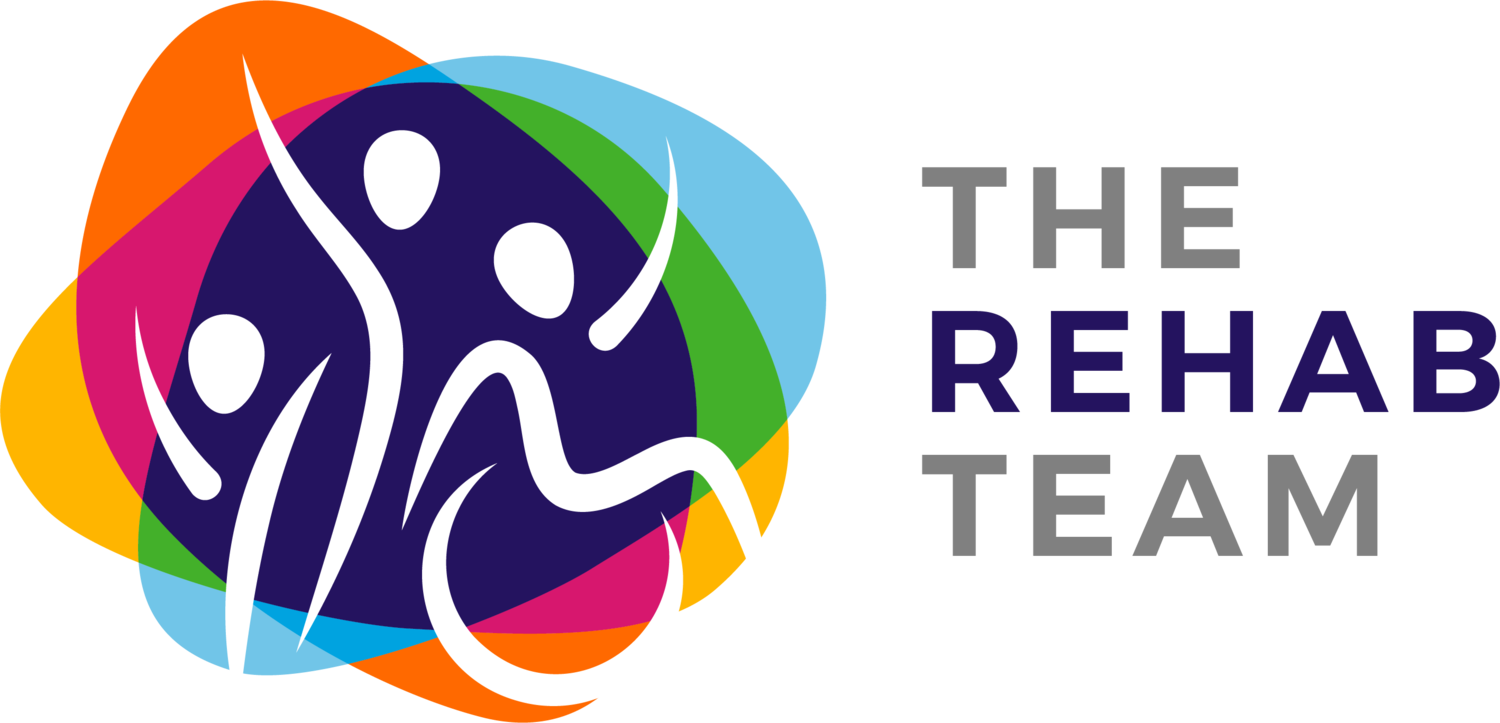Parkinson’s and Posture
One of the common symptoms of Parkinson's is a flexed or stooped posture. The Rehab Team’s neurological physiotherapists often work with clients who are experiencing discomfort or side effects from a stooped posture.
Parkinson’s disease impacts the control of automatic activities, so postural changes may occur without the brain’s automatic reminders to stand up straight. These changes can include stooped or rounded shoulders, decreased low-back curve or forward lean of the head or whole body, making you look hunched over.
There are several other factors that can also contribute to a stooped posture in Parkinson’s. These can include:
Increased muscle stiffness or rigidity
“Off” time, when your medications aren’t working as well
An imbalance in the muscles in your trunk resulting in weakness and lengthening of the muscles in your back and around your shoulder blades and tightness in your chest.
Remaining in fixed positions for extended periods of time
Different types of stooped postures in Parkinson’s:
Camptocormia: Camptocormia is characterised by an abnormal flexion of the trunk appearing in standing position which increases while walking and ceases when lying on your back.
Pisa Syndrome: Pisa syndrome is characterised by side or lateral flexion of the trunk appearing or worsening while standing or walking and improving when lying on your back. There have been studies discussing a possible link between Pisa Syndrome in Parkinson’s with altered cognitive function.
Being aware of your posture and making small changes to your day to try to maintain or improve your posture is important. This is because a stooped posture in Parkinson’s can result in other negative effects. This can include neck, back or shoulder pain, a reduced ability to take deep diaphragmatic breaths which can impact on your ability to speak clearly and loudly. A stooped posture also impacts your ability to maintain eye contact in social situations. This, alongside other potential Parkinson’s symptoms such as reduced speech voice can have a big impact on your ability to socialise and communicate. A flexed posture can also make it more difficult to complete many small and important movements throughout the day such as raising your arms overhead when brushing your hair or getting dressed or when getting out of a chair. An important side effect of a stooped posture that our Neurological Physiotherapists often see in Parkinson’s is an impaired balance due to an increase in your body mass in a forward direction. This can often lead to a loss of balance and an increased risk of falling.
So what can we do about it?
The good news is that physiotherapists are able to assist people living with Parkinson’s to have better postural alignment, improve the muscle imbalance in their trunk and work on any other impairments that may come up in an assessment such as reduced balance. Ideally, it is better to see clients as close to their Parkinson’s diagnosis as possible however improvements can be made at all stages of Parkinson’s.
Want to know more?
Have a look at The Rehab Team's other blogs on Parkinson’s and how Neurological Physiotherapy can help clients living with Parkinson’s in Papamoa, Tauranga and surrounding areas.
Want to know more about Parkinson’s specific physiotherapy? Click here.
References
-Artusi et al., (2019). Pisa Syndrome in Parkinson's Disease Is Associated With Specific Cognitive Alterations. Front. Neurology.
-Yoshii et al., (2016). Postural deformities in Parkinson’s disease –Mutual relationships among neck flexion, fore-bent, knee-bent and lateral-bent angles and correlations with clinical predictors. Journal of Clinical Movement Disorders

